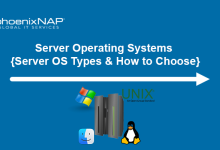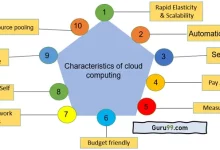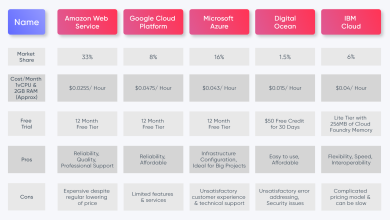Understanding Cloud Server Architecture
Understanding Cloud Server Architecture – Cloud computing has revolutionized the best way companies function by offering a versatile and scalable infrastructure that may be accessed from anyplace on the planet. Cloud server structure is the spine of cloud computing, and it’s important to know the way it works to take advantage of this know-how.
What’s Cloud Server Structure?
Cloud server structure refers back to the design and construction of the servers that make up a cloud computing setting. It contains the {hardware}, software program, and networking parts that work collectively to offer a dependable and scalable infrastructure for cloud-based functions and providers.
Cloud server structure is designed to be extremely scalable, versatile, and resilient. It permits companies to shortly and simply add or take away assets as wanted, with out the necessity for bodily {hardware} upgrades or upkeep.
How Does Cloud Server Structure Work?
Cloud server structure relies on a distributed computing mannequin, the place a number of servers work collectively to offer a single, unified infrastructure. This permits for higher scalability and adaptability, as assets will be added or eliminated as wanted to satisfy altering calls for.
Cloud server structure sometimes consists of three major parts:
- Entrance-end servers: These servers are accountable for dealing with person requests and directing them to the suitable back-end servers.
- Again-end servers: These servers are accountable for processing person requests and working the functions or providers that make up the cloud setting.
- Storage servers: These servers are accountable for storing and managing the information utilized by the cloud setting.
Cloud server structure additionally contains quite a lot of networking parts, resembling load balancers, firewalls, and routers, that assist to make sure the reliability and safety of the cloud setting.
Advantages of Cloud Server Structure
Cloud server structure provides an a variety of benefits for companies, together with:
- Scalability: Cloud server structure permits companies to shortly and simply add or take away assets as wanted, with out the necessity for bodily {hardware} upgrades or upkeep.
- Flexibility: Cloud server structure permits companies to entry their functions and providers from anyplace on the planet, utilizing any system with an web connection.
- Reliability: Cloud server structure is designed to be extremely resilient, with a number of servers working collectively to offer a single, unified infrastructure.
- Price-effectiveness: Cloud server structure permits companies to pay just for the assets they use, reasonably than investing in costly {hardware} and software program upfront.
Case Examine: Netflix
Netflix is a chief instance of a enterprise that has efficiently leveraged cloud server structure to attain its targets. The corporate has constructed its complete streaming service on high of Amazon Net Providers (AWS), a cloud computing platform that gives a variety of infrastructure providers.
By utilizing AWS, Netflix is ready to shortly and simply scale its infrastructure to satisfy altering demand, with out the necessity for bodily {hardware} upgrades or upkeep. This permits the corporate to offer a dependable and high-quality streaming expertise to its hundreds of thousands of customers all over the world.
Conclusion
Cloud server structure is the spine of cloud computing, offering a versatile and scalable infrastructure that may be accessed from anyplace on the planet. By understanding how cloud server structure works, companies can take advantage of this know-how and obtain their targets extra effectively and successfully.
Whether or not you’re a small enterprise trying to streamline your operations or a big enterprise trying to scale your infrastructure to satisfy altering demand, cloud server structure may help you obtain your targets and keep forward of the competitors.








